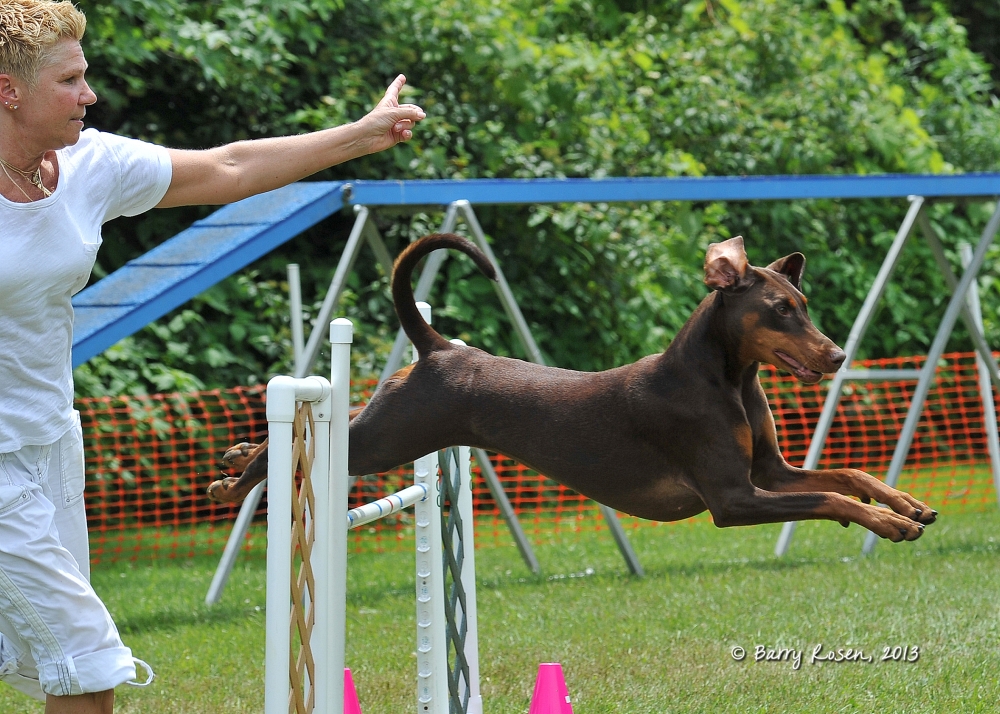I feel I am so fortunate to be able to do what I do. I really love working with people and their dogs. My goal is to make people feel happy and satisfied that they are doing all they can to make their dogs into great family members. However, when people acquire a puppy or dog, they usually are inundated with advice from people who may be family, friends, or co-workers.
All too often, this advice is not even asked for.
And then of course there is google. I have to say I use google at times too! But when it comes to learning how to raise a puppy or train a newly adopted dog, the searches that come up for information may not be effective and sometimes the advice can be cruel or even inhumane.
I believe the reason for all of the popularity online for dog training information is there because humans are VERY emotionally tapped in to dogs! We love our dogs and we want the best for them. But you have to be very careful as there is a lot of misinformation out there.
Every time I work with a new family and their dog I see and hear about how confused they are.
Meanwhile, all of this advice from different sources will, no doubt, confuse your new puppy.
It is so helpful if you can align yourself with someone who will not only give you the best advice on how to handle problems, but also teach you how to prevent problems or issues.
When people start working with me, my goal is to help them filter through the information so that only effective, humane advice is being followed. I am not saying my way is the only way, I’m just saying that the strategies I use and teach have worked countless times with my clients’ dogs and all of my own beautiful dogs as well.
The key to good dog training is to deliver effective information from one species (human) to another species (the dog).
It is helpful when people start training at It’s PAWSible! with their puppies from the early age of eight to fifteen weeks. That is the BEST time to teach them because puppies are soaking up information like a sponge! They are learning whether we are intentionally training them or not. And newly adopted dogs are also on a learning curve. Adolescent and adult dogs do come with a previous history of what they learned so it’s so important to get started training as soon as possible to set everyone up for success including you, your family and your puppy.
Unfortunately, dogs do not teach themselves boundaries. In an untrained dog’s mind, if he sees it and he can get to it, it is his! I am sure you have seen that behavior before!
If your puppy or dog thinks everything belongs to him, this will become problematic. He will learn to steal things causing his owners to chase him which is a great game (fun for him, not for you). Thinking everything is his can also become a huge problem because he can get a hold of things that are dangerous for him. He can ingest things that should not be eaten or swallowed, and that opens a whole new set of problems.
“Bad” habits are learned quickly unfortunately. The power of positive reinforcement is always in play. My favorite example: If your dog grabs something off the counter and eats it, that was a huge positive (albeit unintended) reinforcement!
Getting started early to teach your new puppy boundaries around the home is helpful, but if you have an older puppy or dog, don’t worry, we can do the same type of training. Starting with a newly adopted dog as soon as possible is highly suggested. You want to try and take advantage of your new dog’s honeymoon period. A honeymoon period is considered the first 2 to 3 months of your dog’s new life with you. This is when a dog is not quite comfortable enough to show who he is and what HE has learned previously, like chewing up furniture or barking at strangers. Most honeymoon periods start to fade away after a couple of weeks in your home. You might see some new behaviors after that short of a time. Your dog is starting to feel more comfortable and able to show himself to you.
If you set good boundaries right from the beginning of your new relationship, you will be setting up your new dog for success and your family will benefit from the consistent advice as well! Sometimes it’s hard for spouses or family members to all have the same ideas of training. This will cause confusion in your dog! Because of that, it is important to find somoene who can guide you effectively and keep you and your family on the same page.
I really hope I can work with you and your dog soon. Let’s get started today!






